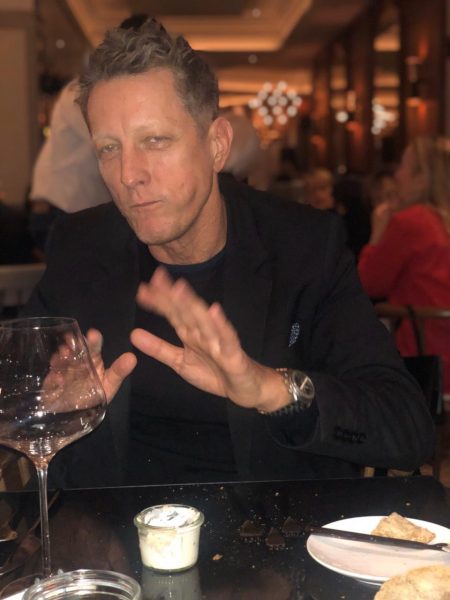The most beautiful nature reserve in the Netherlands: the UNESCO World Heritage Wadden Sea
Categories All posts0 Comments
“Slow Travel” in Friesland.
From the series “On the road in Europe”
Contributed by Jens Hoffmann
Never been there?
I felt the same way until recently.
A press trip took me to Moddergat in the Dutch province of Friesland.
I had the opportunity to take a closer look across the border and learn something about the history of this amazing area.
A huge storm surge hit the town in 1888, many people died and everything was flooded.
Pure nature, embedded in the characteristic Frisian landscape.

Friesland radiates a special calm.
People live in harmony with nature, and this atmosphere is also transferred to human beings.
The tour on and on the Wadden Sea was really interesting and a lot of fun.
The unique natural areas in front of the dike with their extensive marshes, summer polders, salt marshes and old mud fields are worth a visit.
We started in the university town of Groningen.
Groningen has a lot of charm, canals with houseboats, narrow houses with floor-to-ceiling windows, the flair of relaxed cosmopolitanism and countless cyclists.
Our journey takes us further along the coast of the Wadden Sea.
To the Ems Hotel in Delfzijl.
The Ems Hotel stands on piles that are anchored in the mudflats, a few meters above the wat.
A room with a view directly on the Wadden Sea.
I like it, I feel right at home.

From the hotel room I enter the balcony.
But where is the sea?
It has just retreated, pure mudflat landscape.

Twice a day at low tide the mudflats dry out and are then flooded again by sea water.
Lots of peace and quiet, seagulls circling over the mudflats.
The Wadden Sea shapes the entire coastal landscape of Friesland and the Bay of Watum.
We continue to Dollart.
Here the salt water of the North Sea mixes with the fresh water of the Ems.
Countless bird species such as wild geese, reed buntings, reed warblers and hawks can be discovered from here.
Pure sustainability and biodiversity, birdsong accompanies us on the long walk along a wooden walkway through the reeds and thatch.
The Wadden Sea extends over a variety of transition zones between land and sea, seagrass meadows and silt.
Thousands of geese come every autumn to feed themselves and hatch their offspring in the fertile salt marshes in front of the Wadden Sea
I fall in love with Friesland, a natural paradise for slow travel lovers and shell collectors.

In recent years, new well-traveled mussels have been added; the mussels in the photo above come from the Philippines.
In the Ems-Dollart region there is hiking and cycling, wonderful views of the vastness of the Wadden Sea, and dreams on diked land are included.
The Ziltepad hiking trail leads past some historic churches.
This hiking trail was set up on the Wadden coast in 2023.
The Ziltepad leads past villages and centuries-old churches from Oostrum to Hornhuizen in Groningen.
We visited the church in Dokkum, where the missionary Saint Boniface was killed by the Frisians.
The Bonifatius Chapel (1934) was built in the neo-Romanesque style in his honor.
It resembles an amphitheater that is grouped in a semicircle around an atrium and the chancel of the chapel.
We used this place for our yoga session.
Namaste.
Thank you for the mix of lifestyle, meditation, natural and cultural history.
The large food supply makes the Wadden Sea not only indispensable as a stopover for geese and migratory birds, but also for foodies.
Dui, good-bye Wadden coast.


